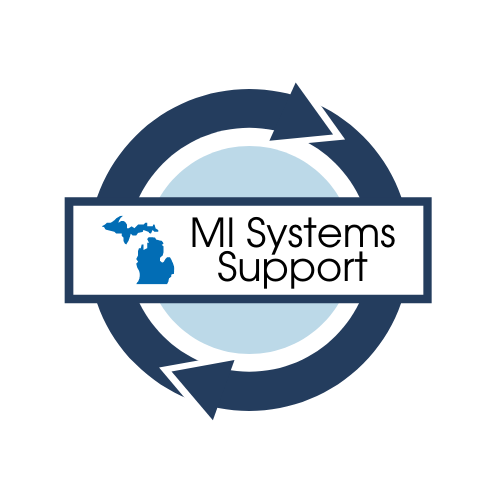
Leadership System
Articles
4 Ways to Build a Healthy Community
Summary
Based on the work of Elena Aguilar, from her book, Onward: Cultivating Emotional Resilience in Educators, this resource provides ISD, district leaders, building leaders, and teachers with four concrete strategies to Build a Healthy Community. This refers to cultivating the right organizational learning environment so that adults can learn together. Healthy learning environments are foundational to the work needed to build resilience in educators and to make impactful changes in practice that enhance student success. Each strategy includes additional resources in the form of readings, a podcast or a Ted Talk that delve deeper into each strategy.
-
This resource can be used at multiple levels of an educational system. ISD consultants can use this resource with local Superintendents, Curriculum Directors, or Building Leaders to emphasize the importance of building a healthy community to enhance adult learning and student success. The resource can also be used by district leaders to prompt dialogue between building leaders and encourage the sharing of ideas and successful practices. There is also an opportunity to use this resource within teacher collaborative teams. Please note: this resource includes extended learning opportunities for each of the four strategies. You may want to address each strategy separately to encourage in-depth dialogue and time for reflection.
-
-
Aguilar, E. (2018). Onward: Cultivating emotional resilience in educators. John Wiley & Sons.
Aguilar, E. (2018). The onward workbook: Daily activities to cultivate your emotional resilience and thrive. John Wiley & Sons.
Can Principals Be Coaches?
Summary
While district and school leaders might not be in the position of being a full time instructional coach, there are coaching approaches that can be integrated into leadership practices to increase effectiveness as an instructional leader. In this article, Jim Knight, Christian van Nieuwerburgh, and John Campbell present four elements to a coaching approach along with suggestions for how leaders can implement these elements in their day-to-day professional practice.
-
This resource might be used by district and school leaders to prompt dialogue around how best to use a coaching approach for improving instruction, student achievement, and student well-being. Leadership teams might wish to use the reflection and discussion guide in order to debrief the article.
-
-
Knight, J., van Nieuwerburgh, C., & Campbell, J. (2018). Can principals be coaches? Principal Connections, 22(2), 42-44.
Empowering Principals: Building Instructional Leadership Skills through Coaching
Summary
This is the third in a multi-part series of essays about empowering principals to be instructional leaders from the National Institute for Excellence in Teaching.
“Coaching teachers effectively is the No. 1 skill that principals need to be a strong instructional leader. By asking reflective questions, seeking teachers' insights and expertise, and focusing on student work and student learning, principals show that they are a partner in efforts to improve teaching and learning.”
-
This essay might be used by district and leadership teams as they examine strategies for consideration to push their coaching practices to the next level.
-
-
National Institute For Excellence In Teaching. (2020, November 5). Empowering principals: Building instructional leadership skills through coaching. https://www.niet.org/newsroom/show/feature/empowering-principals-building-leadeship-skills-through-coaching
Principals’ Social & Emotional Competence:
A Key Factor for Creating Caring Schools
Summary
This brief provides a conceptual model of the Prosocial School Leader, which has two components. The first is the principal’s own social and emotional competence (SEC) and the ability to handle stress and model caring and culturally competent behaviors with staff and students. The second component is an enhanced model of leadership in which principals are the prosocial leaders whose responsibility is to ensure that all staff, students, parents, and community members feel safe, cared for, respected, and valued. Principals’ social and emotional competencies, well-being, and leadership form the foundation that influences the effective implementation of social and emotional learning, school climate, teacher functioning and well-being, family and community partnerships, and downstream student outcomes.
-
This brief and accompanying reflection guide might be used by school and district leaders as they work on developing their own social emotional competence and guidance for the implementation of social and emotional learning throughout the district. Consider using this article as a companion to the research report How Principals Affect Students and Schools: A Systemic Synthesis of Two Decades of Research by the Wallace Foundation which names five essential leader behaviors including building a productive climate.
-
Mahfouz, J., Greenberg, M. T., & Rodriguez, A. (2019). Principals’ social and emotional competence: A key factor in creating caring schools. University Park, PA: Edna Bennett Pierce Prevention Research Center, Pennsylvania State University.
